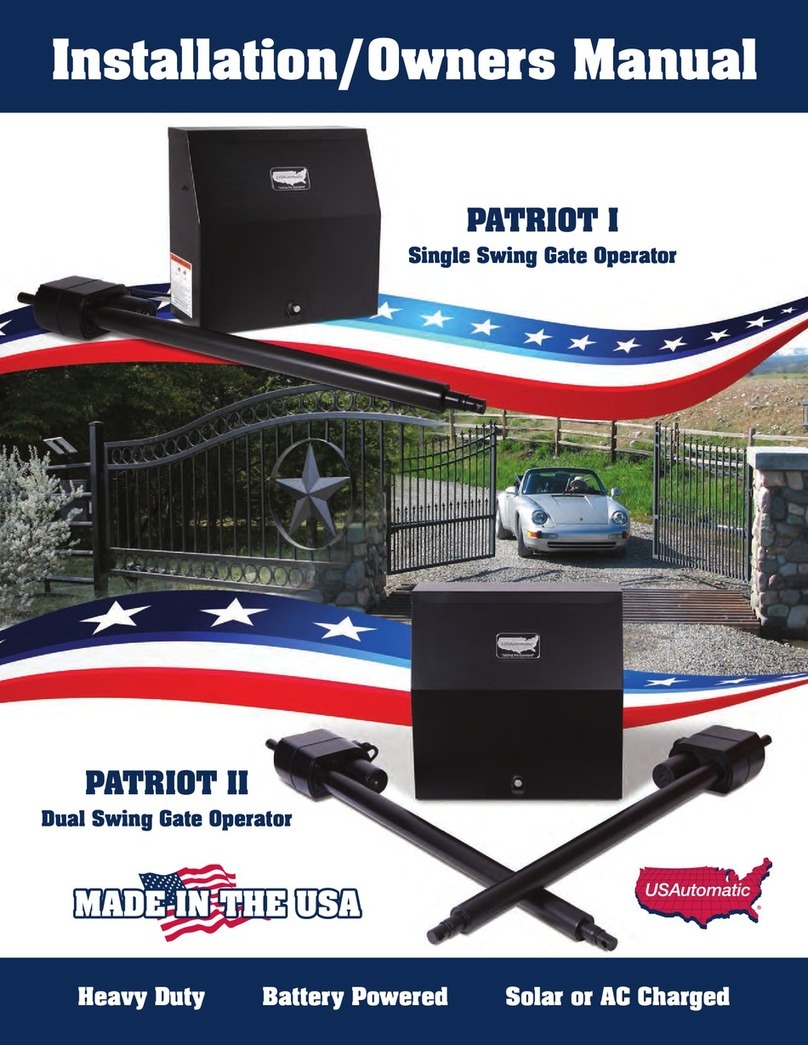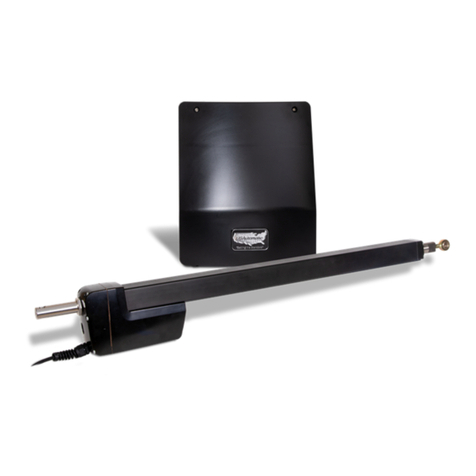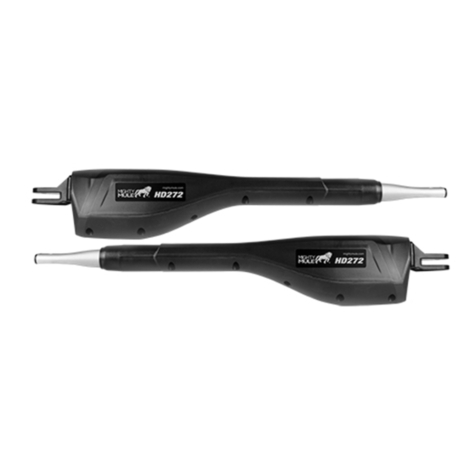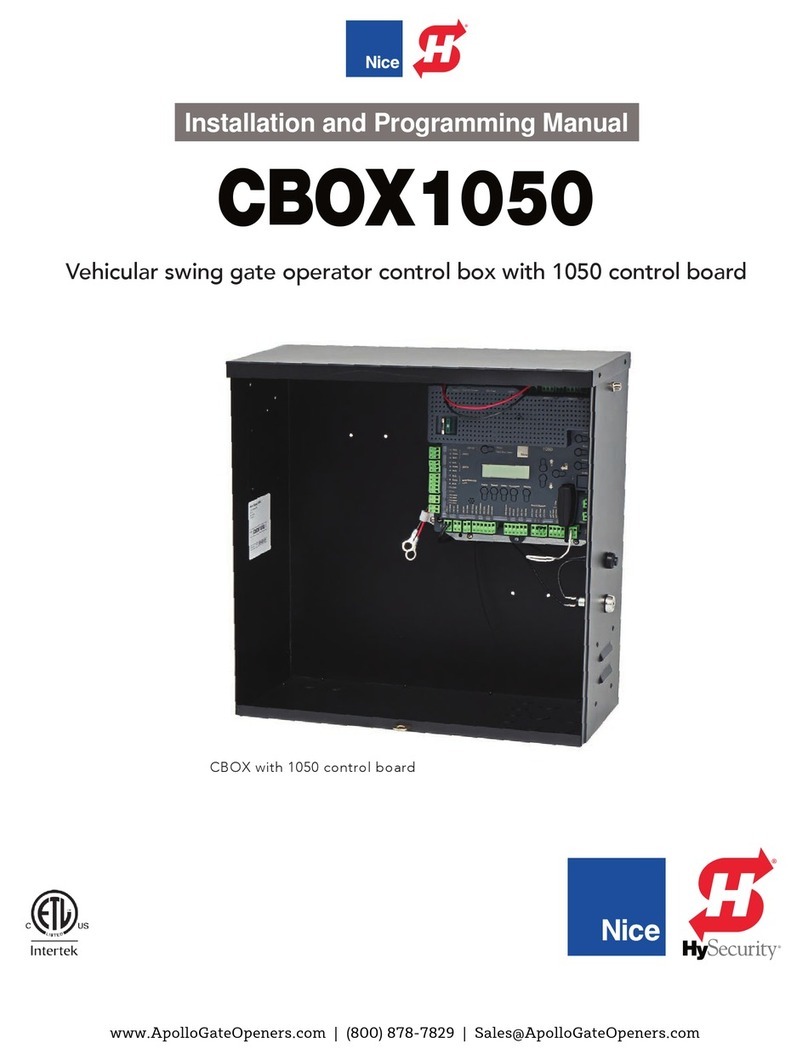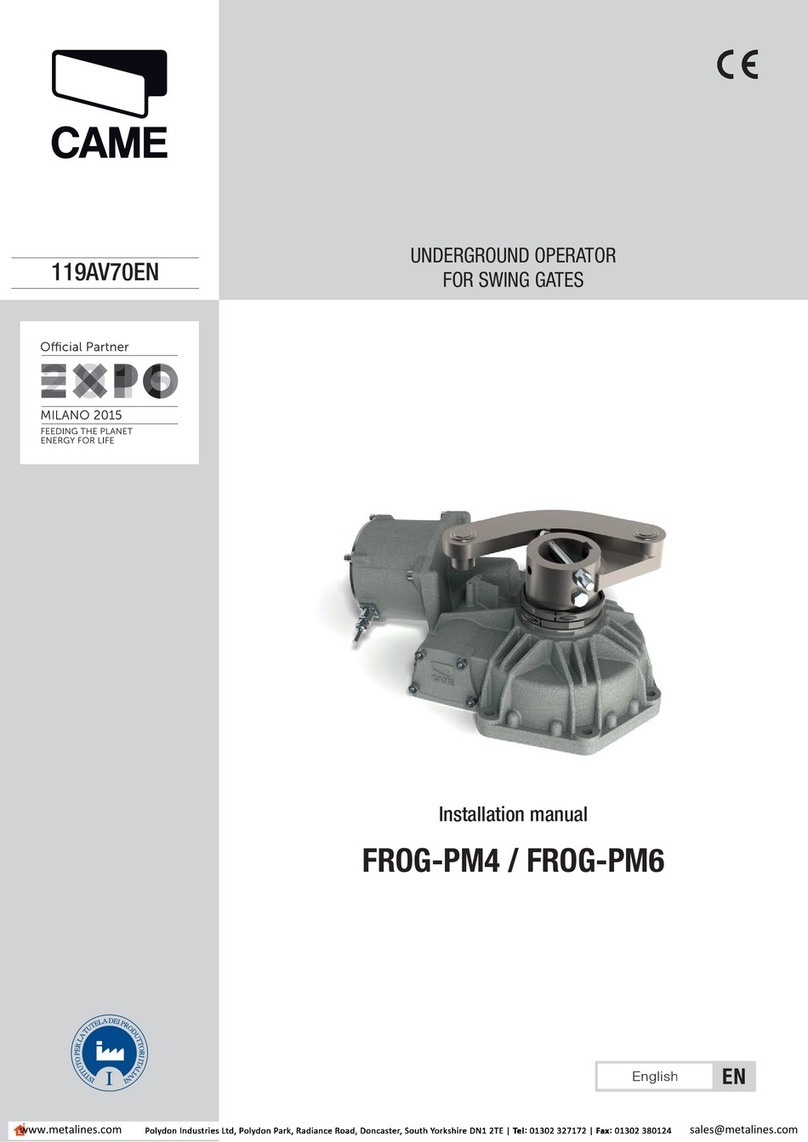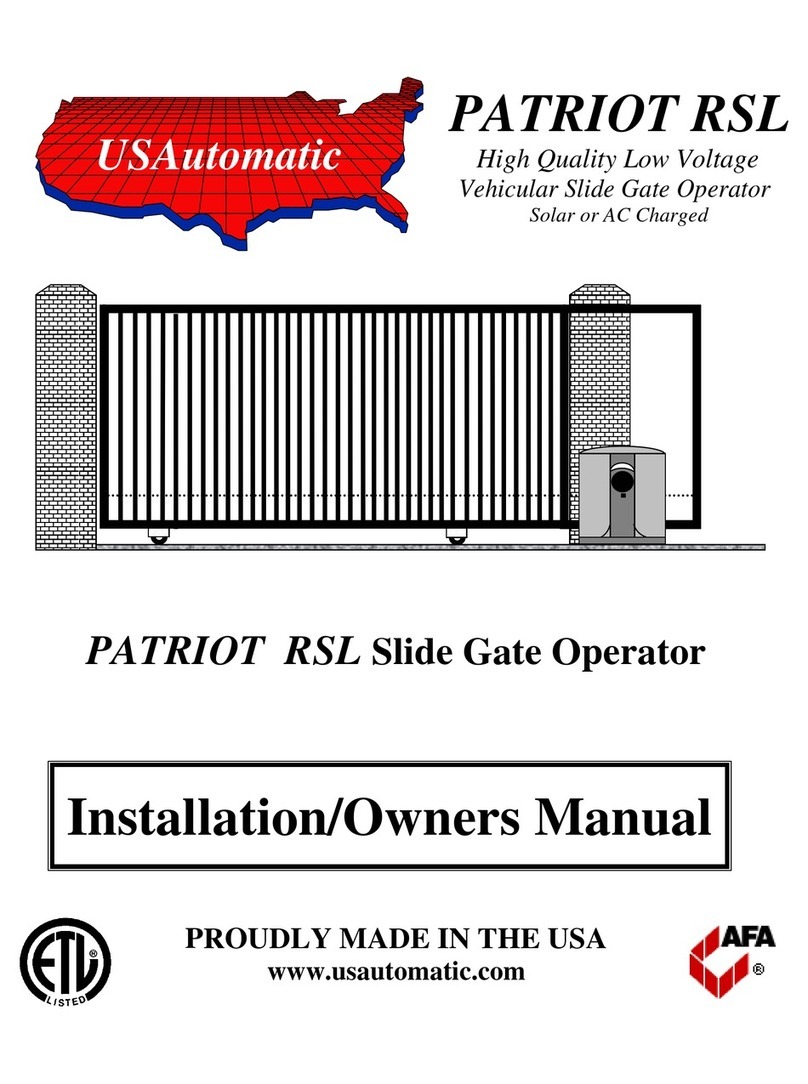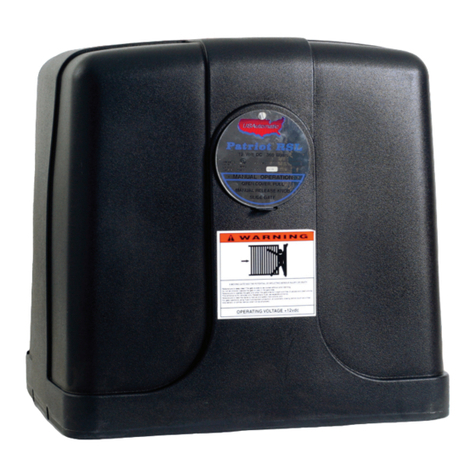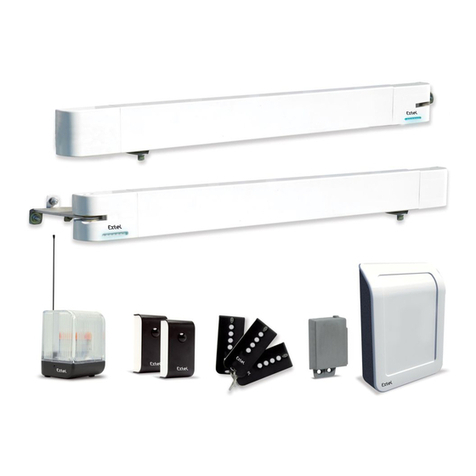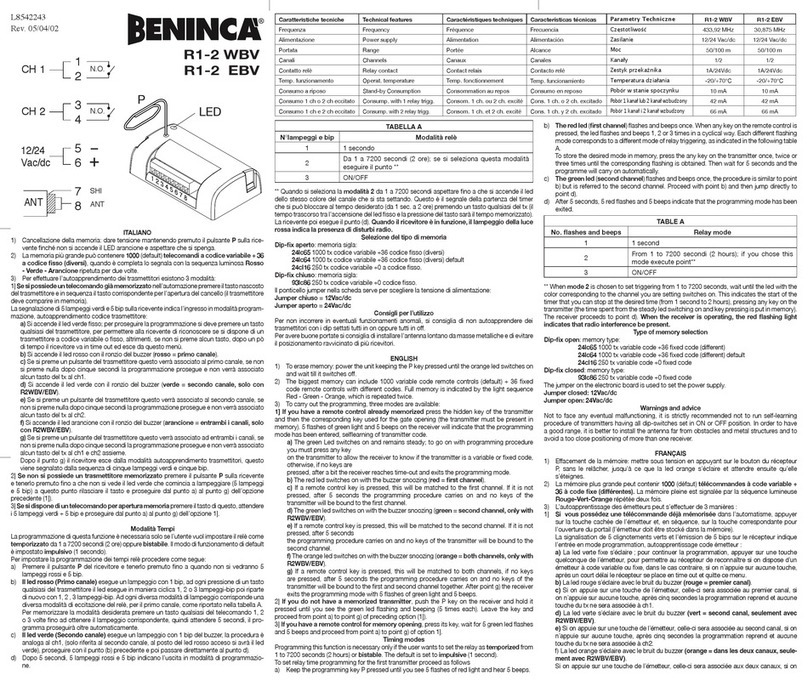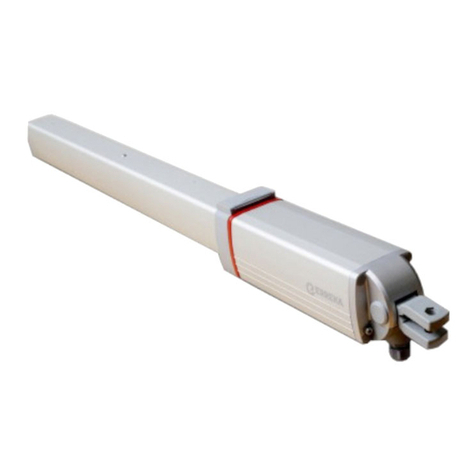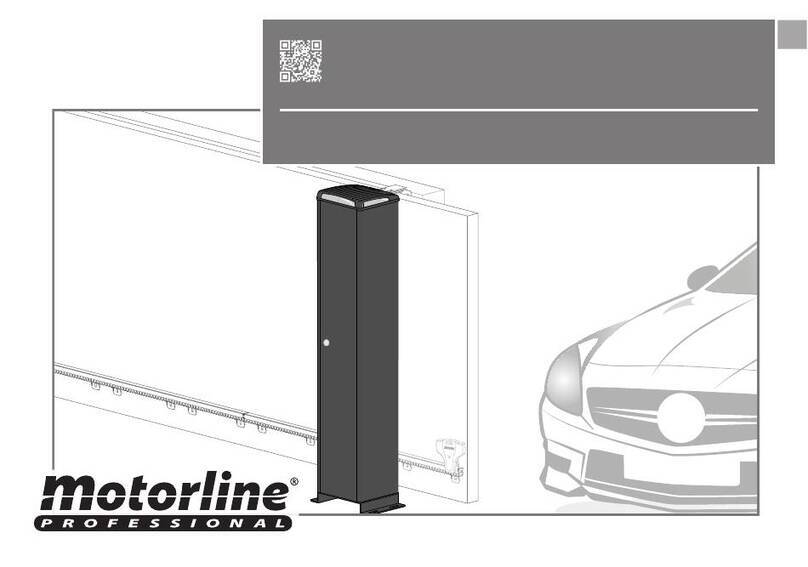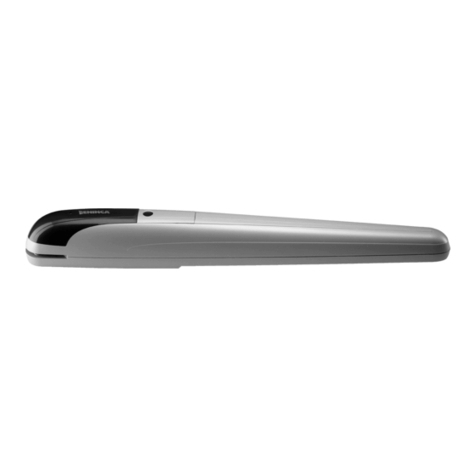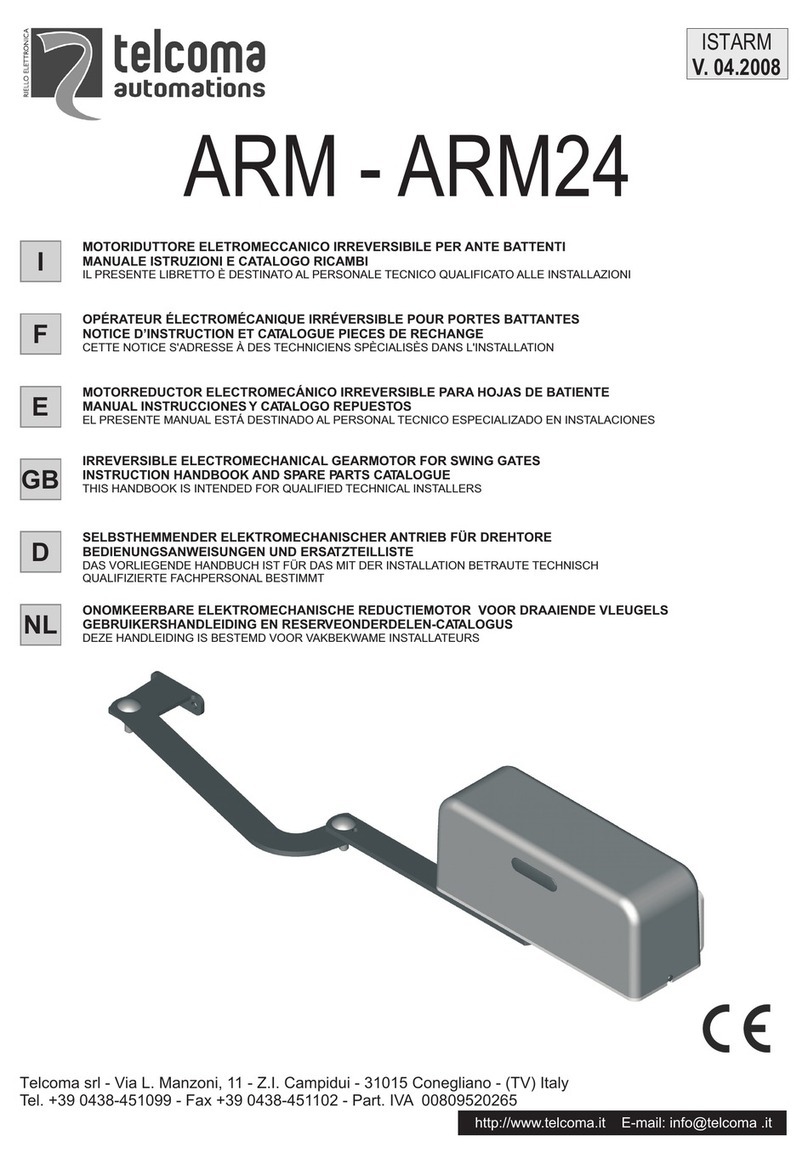
4
IMPORTANCE OF A PROPERLY DESIGNED GATE
As a general rule, a gate, which is to be automatically operated, must be stronger and
smoother than one, which will be manually operated. Since the gate is a major
component of the system, great care and concern must be given to the gate design.
A GATE OPERATOR CANNOT OVERCOME A POORLY DESIGNED GATE.
A. Does the gate slide smoothly without binds or excessive resistance? Slide gates
should slide level and plumb if possible to prevent the operator from having to pull
the gate up or down grade when opening or closing. Low quality wheels and rollers
usually create drag, which will cause operator problems. The use of high quality
bearing wheels and rollers are highly recommended.
B. Is the gate frame of substantial strength without excessive weight?
Will the frame withstand normal wind load conditions without sway or vibration?
Will the gate hit the catch correctly without being hand-guided or pushed into the
catch?
C. Are the bearings / wheels suited for the number of cycles expected per day?
D. Is the track area designed to keep dirt and rocks from obstructing the gate
movement?
If any of these problems exist, they must be corrected to achieve a reliable automatic gate
system.
MOUNTING SITE REVIEW
Installers should ask themselves these questions prior to installation and predetermine the
solution to any problems, which may occur.
A. Does sufficient space exist for mounting and future servicing of the operator?
B. *Will the unit open the gate by sliding to the left or the right? (see page 12 note #4)
C. How will the chain brackets attach to the gate?
D. How will the operator be mounted (on a pad or on a post)?
E. How will the charging unit (AC or Solar) be brought to the control box?
F. How and where will the solar panel mount if solar charged, so that optimum
sunlight is received?
G. How will control wiring, if any, be brought to the control box?
H. Have all safety concerns been addressed? (See Safety Section Pgs. 17-21)
NOTE: *Standing on the operator side of the gate, an operator installed to the left of the drive is a left
hand installation, an operator installed to the right is a right hand installation.
